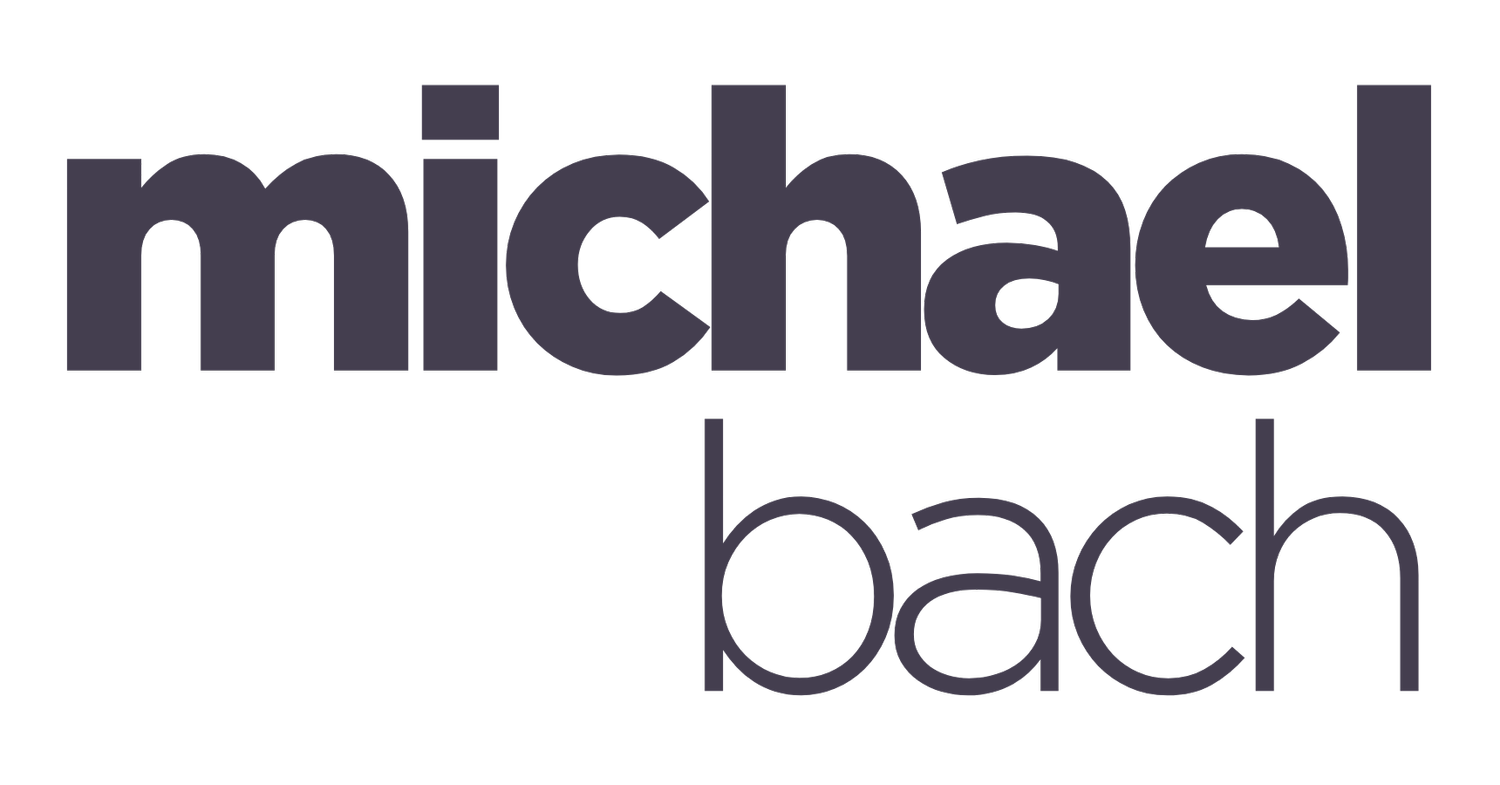Which comes first? The Chicken (Diversity) or The Egg (Inclusion)
Several years ago, I worked with a client who was very proud of their recruitment efforts, specifically in attracting people of color to their organization. Yet, upon investigation, we identified that more people of color were going out the back door than were coming in the front. The reality was that while they were doing an excellent job of selling the organization to prospective talent, they weren’t addressing the real problem: their workplace wasn’t inclusive, equitable, and accessible. But that was a decade or more ago. Things have improved, right?
Today I read an article about how employers are struggling to retain new hires who come from “traditionally marginalized communities” (such as women, people of color, people with diverse abilities or disabilities, Indigenous people, LGBTQIA+ people, younger and older workers, and people from some religious and faith groups, among others). Apparently, we haven’t made much progress.
Many employers, on their inclusion, diversity, equity, and accessibility journey (also known as “IDEA”), focus on diversity first (or exclusively), with little regard for the other letters in the acronym. We see this with employers who talk about the representation of their leadership and organization overall, but little more. That approach doesn’t consider people's lived experiences, mainly when those people are members of traditionally marginalized communities.
If you’re hiring someone from one of those communities, what will their experience be like within your organization? Will they face sexism, racism, homophobia, transphobia, or other forms of discrimination? Are they going to experience microinequities and microaggressions in the workplace? While the encounter with the recruiter and hiring manager may have been positive, can you say with certainty that the experience with everyone else will be the same?
I’m often asked by employers where they should focus their attention: on the diversity of their workforce or the inclusion of their workplace. The answer is simple and definitive: focus on inclusion first.
Consider this analogy: when you plant a seed in your garden, and it doesn’t grow, do you blame the seed or the soil? The soil is mostly/entirely to blame if a seed doesn't grow. Regardless of why (insufficient pH balance, too much water, not enough water), the environment is usually the culprit. In this analogy, the seed is the candidate, and the soil is the workplace. Suppose you hire a person from a traditionally marginalized community, and they aren’t successful. In that case, they were likely experiencing some form of discrimination – either subtle or overt – that got in the way.
Hiring people from marginalized communities into an environment that isn’t inclusive, equitable, and accessible can do more damage than good. It can lead to higher instances of complaints, lower levels of engagement, increased safety incidents, and significant legal liability, among many other outcomes. That’s not to say that you shouldn’t hire people from marginalized communities (because if you think that’s the answer, you are what I call (politely) “wrong”). It is to say that you must ensure that the environment is one where all people can not only survive but can thrive.
With that, there are several things to consider when focusing on the inclusiveness, equity, and accessibility of your workplace:
Training is (still) Crucial.
Recent(ish) research from Harvard has found that IDEA training doesn’t have the impact we think/hope/want it to have. Regardless of that research, you must ensure that employees understand their role in creating an inclusive, equitable, and accessible workplace and, further, what is expected of them. You can’t enforce a rule if people don’t understand it. So yes, you need to train your people but don’t think that’s the end.
Focus on Practical Solutions That Change Behavior.
Beyond training, it’s essential to provide employees with tools that help them be more aware of their behavior. Take VIZEdi, for example. It’s an inclusive language app that plugs into Microsoft Office and provides the user with feedback on the inclusiveness of their communications. It’s a practical solution that helps people change their behavior – like the difference between telling someone something and showing them.
AI Can’t Fix Everything.
So many people are looking for instant solutions, including looking to AI as the panacea for all their woes. Look at name-blind hiring as an example. The idea is to use AI to remove any identifying information from a candidate’s resume to help mitigate bias in the recruiting process. Sure, you’ll see diversification in the candidates you shortlist, but if a candidate is Black, they will still be Black when they walk into the interview room. In that example, a recruiter or hiring manager may say, “Oh, I didn’t expect you to be Black,” creating a much worse situation. Work on people’s bias and don’t abdicate responsibility to ChatGPT.
Just Because It’s How You’ve Always Done It, Doesn’t Make It Right.
Every employer has ways they do things, but just because you do something one way doesn’t mean it’s the best way. Processes have the potential to have bias built into them because people with bias design them. Just ask Amazon. If you want an inclusive, equitable, and accessible workplace, you must be willing to blow up your processes (figuratively, of course) and move to a process designed with IDEA in mind.
Take Action.
The last thing you need to know is that to create an inclusive, equitable, and accessible workplace, you must take action because it won’t happen naturally. If you want to create a workplace where everyone can succeed, you must put in the effort.
Remember to follow me on social media (Facebook, Instagram, LinkedIn, Threads, Twitter, and YouTube) and subscribe to my monthly newsletter for more insights on IDEA.
